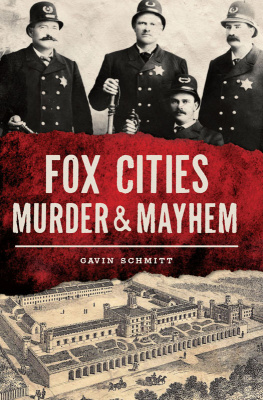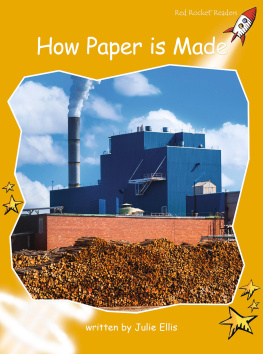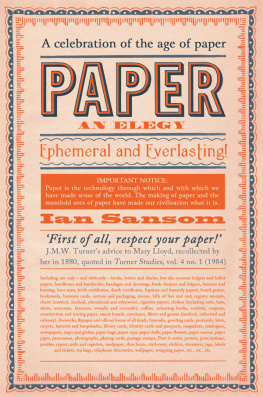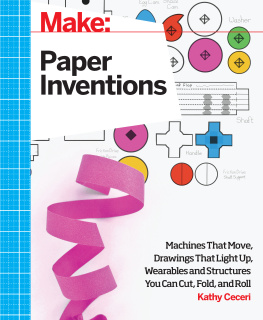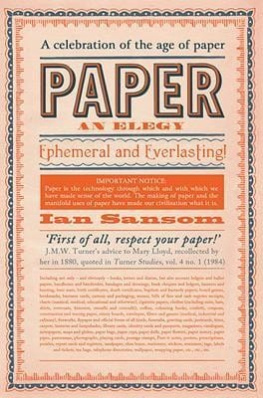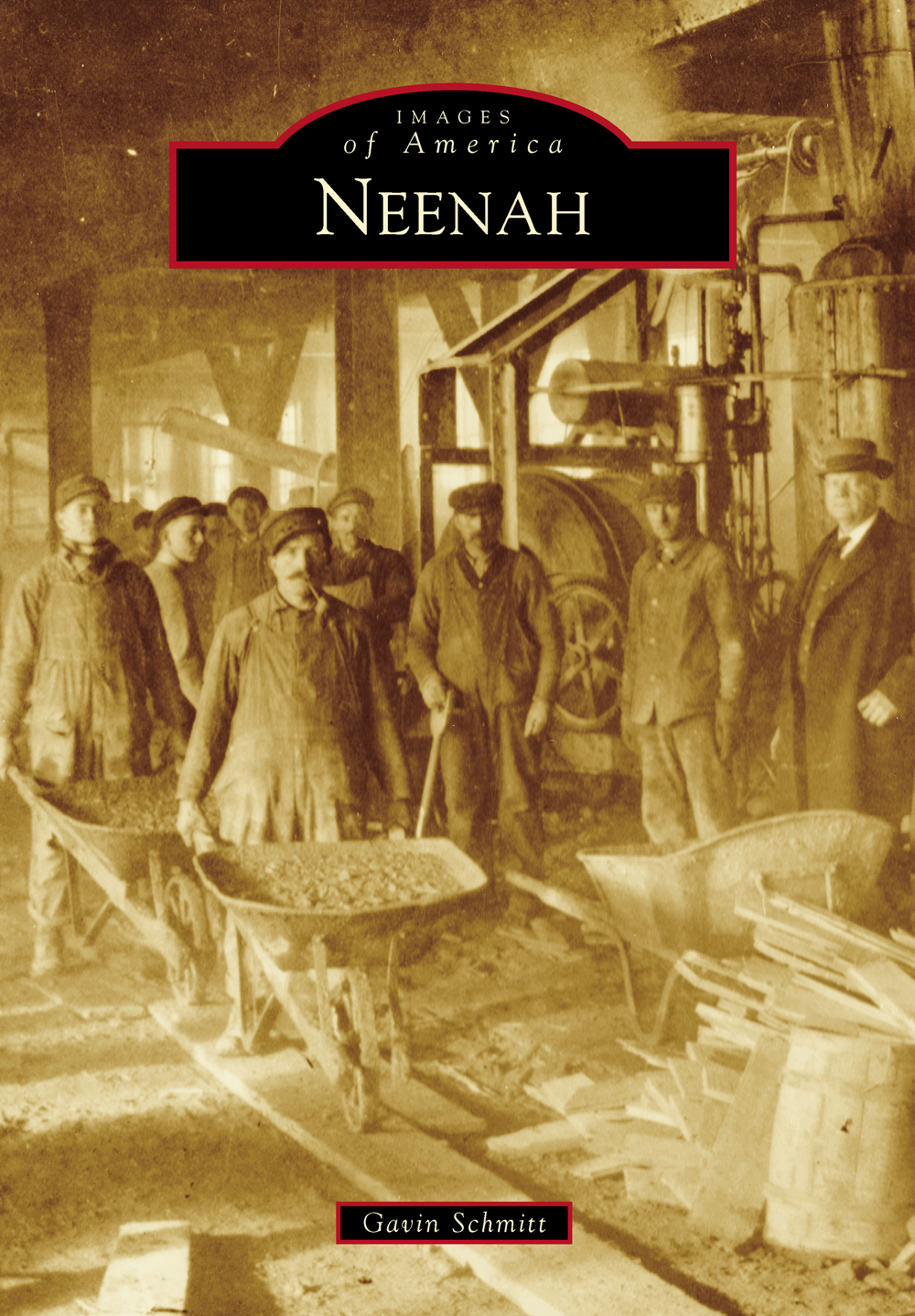
IMAGES
of America
NEENAH
ON THE COVER: These hardworking men are the backbone of the Neenah Stove and Plow Works, also known as the Bergstrom Foundry, on West Main Street. Opened in 1857, the foundry produced stoves, furnaces, and plows for nearly 100 years. (Courtesy Neenah Public Library.)
IMAGES
of America
NEENAH
Gavin Schmitt

Copyright 2014 by Gavin Schmitt
ISBN 978-1-4671-1323-6
Ebook ISBN 9781439648704
Published by Arcadia Publishing
Charleston, South Carolina
Library of Congress Control Number: 2014943701
For all general information, please contact Arcadia Publishing:
Telephone 843-853-2070
Fax 843-853-0044
E-mail
For customer service and orders:
Toll-Free 1-888-313-2665
Visit us on the Internet at www.arcadiapublishing.com
This book is dedicated to Frank Lamers, who said, You can do it, man. You werent just playing tiddlywinks, Frank.
CONTENTS
ACKNOWLEDGMENTS
First and foremost, I must thank Ruth Nelson, my perpetual benefactor, for helping me launch my writing career.
Also, thanks go to Eric and Greg Wulterkens of Kings Ridge Media, for allowing me time to pursue and hone my craft.
No one person helped more than Jane Lang, the director of the Neenah Historical Society (NHS), in teaching me about Neenahs lush history. Thanks also go to Jerry, Jack, and JoEllen with NHS. I have learned from each of you and Im sure I will continue to do so. Hopefully, someday, I can pass on the wisdom.
For help with previous efforts, Mike Kemmeter and the fine folks at WHBY were instrumental in promotion. The Post-Crescent and Brian Roebke at the Times-Villager also provided kind words. Ali and her crew at Kaukauna Coffee and Tea have kept me fueled with copious amounts of caffeine.
Worth singling out for having contributed nothing at all to this book is my best friend, Chelsea.
For images, Mike Thomas and Nicole Hardina-Wilhelm of the Neenah Public Library gave me unlimited access to their archives, and LuAnn Busnelli helped touch up scans. All photographs are courtesy of the Neenah Public Library unless otherwise noted.
INTRODUCTION
For Neenah, the overarching theme of its founding has been that of a city of men and women ready to work. Historians have focused on the mills, with Alice E. Smith even calling her book Millstone and Saw. This is, of course, entirely appropriatethe citys livelihood has always involved the Fox River and the factories it supported. Initially, it was the flour mills, and then the numerous paper mills, that made Neenah world-famous.
Most famous is the company known today as Kimberly-Clark, the creator of Kotex, Kleenex, and other everyday paper products. As historian William Brehm has keenly observed, the story of the Kimberly family (and the families they married) is almost synonymous with Neenah. The families of Kimberly, Clark, Gilbert, Sensenbrenner, Bergstrom, and others have touched every part of Neenah and, sometimes, other parts of the state and beyond.
Charles Benjamin Clark (half of Kimberly-Clark) was a Civil War veteran, a mayor, and a state representative, all before passing away at the age of 47 in 1891. Today, his daughter Theda is possibly the best-known resident Neenah has ever had. She used her inheritance to fund the citys first library. After her untimely death during childbirth in 1903, a hospital was established in her honor that has since saved thousands of lives. An interesting piece of trivia is that Thedas best friend was Helen Howard Hawks, which lead to Helens son Howard, the future film director, serving in the bridal party when he was only a child.
Dedrick Waldemar Bergstrom, an early Neenah settler, served as president of Bergstrom Paper Company in the 1920s. At the same time, George O. Bergstrom was the president of Bergstrom Stove, a leading local foundry. Among their descendants was George Edwin Bergstrom, an architect who designed schools, auditoriums, theaters, hotels, and, most notably, the Pentagon. His work was crucial in building Los Angeles. In 1903, he married Nancy Kimberly, daughter of John Kimberly, a cofounder of Kimberly-Clark.
Future generations included John Nelson Bergstrom, president of Bergstrom Paper from 1928 through 1949 and vice president of the First National Bank in the 1940s. He established the Bergstrom-Mahler Museum of Glass, which remains free and open to the public. Nathan Hough Bergstrom served as chairman of Bergstrom Paper Company in the 1960s and 1970s, while Dean E. Bergstrom was secretary of the George Banta Company.
The history of the other families will be outlined in the chapters ahead, but this book is not just about the Bergstroms and Clarks, even if they are unavoidable. That is a story that has been told before and told very well. This is a story of the smaller businesses and the people who ran them, and of the forgotten folks who populated the mills, filled the citys church pews, and fought the nations battles alongside their fellow citizens. People often think their ancestors never did anything important, or search for one or two distant cousins to latch onto. But the truth is right under our nosesour fathers and grandfathers, regardless of heritage, are also important and worth having pride in. The paper mills need the investors and risk-takers, but they could not function without the thousands of Neenah residents ready to join the workforce. A jigsaw puzzle is worthless if even one piece is missing, and Neenah is that jigsaw puzzlewe all contribute in our own ways.
The city was among the earliest in Wisconsin to be settled by missionaries, whose names have unfortunately been forgotten to time. James Doty, one of Wisconsins first governors, called Neenah his home, and the island that divides Neenah and Menasha has taken on his name. By the time of the Civil War, the area was thriving with families who had moved from the eastmany came from Troy, New Yorkand churches were constructed. Unlike the Catholic outposts a few miles north at Little Chute and Kaukauna, Neenah has always been largely Protestant, especially Presbyterian. If this caused friction between the settlements, it has long since been forgiven and forgotten.
This book will cover the early years through the 1970s, and that deserves an explanation. First, nothing from 1980 and beyond is appropriate for this trip down memory lane, because it is just too soon to know what will become historic from this time frame. And the era prior to the 1900s is largely omitted, for two simple reasons: because other history books have covered this early period in great detail, and because the ultimate goal of this book is to spark memories and discussion. Even our oldest neighbors likely do not recall events from a full century ago.
For lifelong residents recalling the past, and new settlers hoping to gain some insight on their new home, something is sure to spark interest in the pages ahead.
One
PIONEERS
This chapter covers some of the earlier people and places established in Neenah. No single family was more instrumental in Neenahs development than the Kimberlys. In fact, they have played no small role in the history of this country.
John Robbins Kimberly (18011888) and Harvey Latimer Kimberly (18111881) were both Neenah pioneers, owning 166 acres here in 1837. They sold the land to Charles Doty in 1847 at more than a fourfold increase in price, creating a small fortune. The brothers operated a thriving general store and flour mill, and their home at 404406 East Wisconsin Avenue remains the oldest house in Neenah. In 1848, Harvey invested in developing a channel for navigation and waterpower.
Next page

